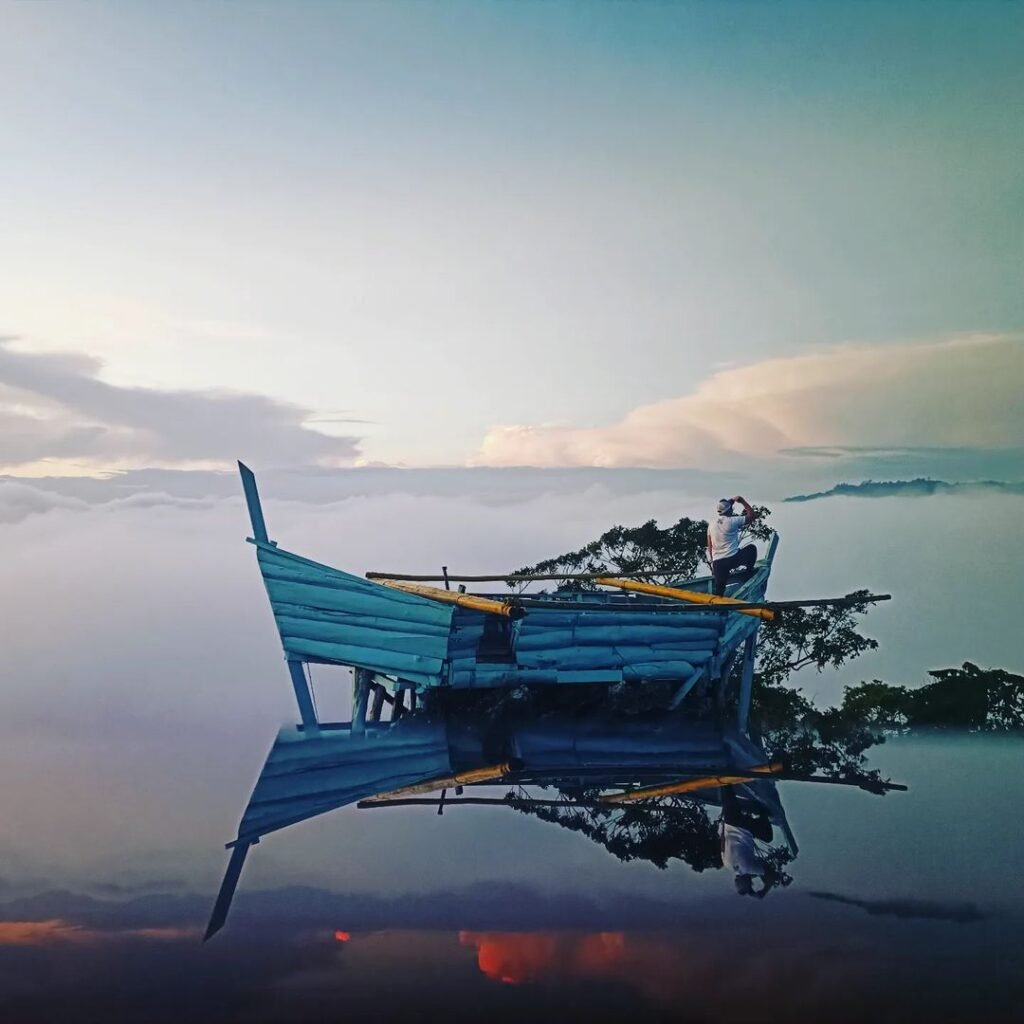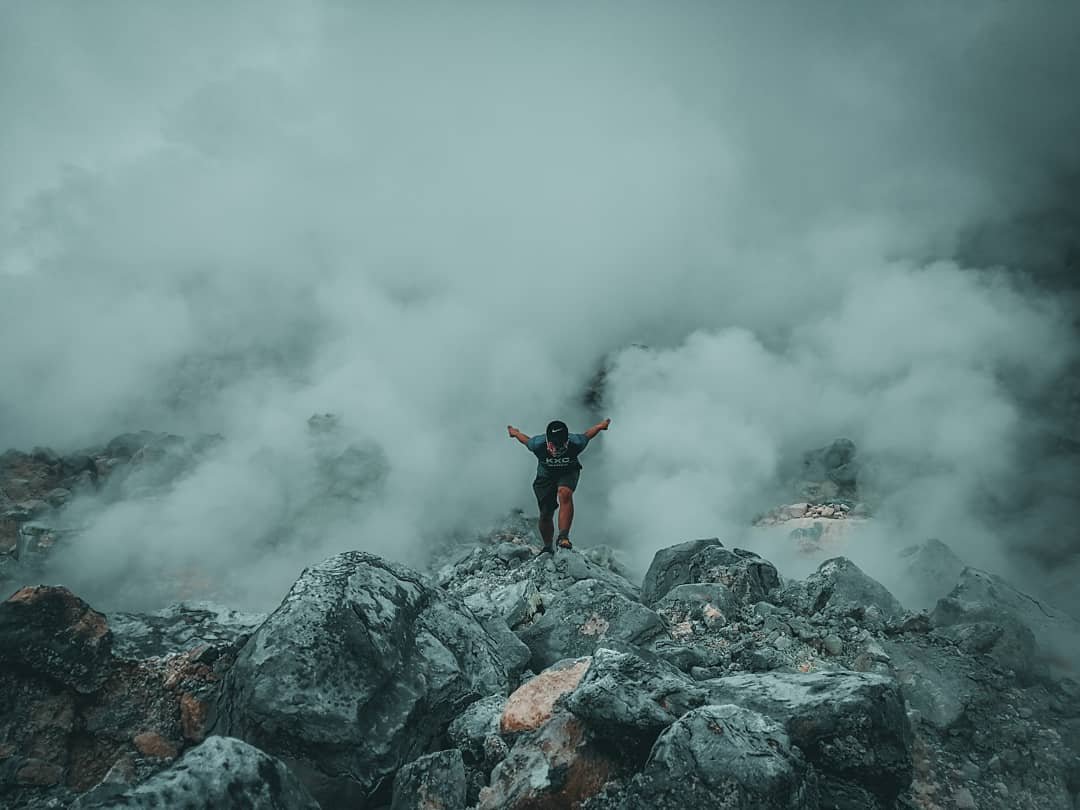
Introduction to Mount Cagua Volcano: The “Mountain of Fire”
Geographical Location and Unique Features
Tucked away at the northeastern tip of Gonzaga, Cagayan in Northern Luzon lies the imposing Mount Cagua, famously known as “Bantay ti Apuy,” translating aptly as the “Mountain of Fire.” As an avid trekker, when I first heard of this unique nickname, I felt an immediate thrill of excitement and curiosity. It wasn’t long before I embarked on an unforgettable journey to this fascinating volcano.
Precisely positioned at coordinates 18.22051°N latitude and 122.11095°E longitude, Mount Cagua rises majestically with an official elevation of 1,133 meters above sea level (MASL). Some sources interestingly list it slightly higher at 1,160 meters, reflecting the remote and relatively less-explored nature of this peak. Regardless of exact measurements, reaching its summit delivers stunning panoramas of lush greenery and the deep-blue Philippine Sea stretching out in the distance.
What captivated me the most during my hike was the unique volcanic crater at Mount Cagua. With an astounding diameter of approximately 1.5 kilometers and walls soaring 60 meters high, the Mt. Cagua crater creates an almost otherworldly landscape. But the adventure doesn’t end there. This volcano is famed for its active sulfuric fumaroles, situated prominently on its northern and southern flanks. These fumaroles release steam and sulfur gases, lending credence to its fiery nickname.
One of the most interesting facts about Mount Cagua is its isolated volcanic setting. Unlike other volcanoes across Luzon that cluster around volcanic centers, Mt. Cagua stands proudly alone within the rugged expanse of the Sierra Madre Mountain range. Its solitary stature amplifies the sense of adventure, offering hikers a truly off-the-beaten-path experience.
Current Volcanic Status and Safety Advisories
When planning a trip to an active volcano, safety naturally becomes a major consideration. While many ask, “Is Mt. Cagua active or inactive?” the official answer from the Philippine Institute of Volcanology and Seismology (PHIVOLCS) is clear: Mount Cagua remains classified as an active stratovolcano. Its last recorded eruptions took place historically, notably a phreatic eruption in 1860 and another eruption in 1907, reinforcing the volcano’s persistent activity over centuries.
Despite its classification, there’s no current active alert level issued by PHIVOLCS for Mount Cagua, making it seemingly tranquil yet inherently unpredictable. From my firsthand experience, I can’t emphasize enough the critical importance of coordinating closely with local authorities, specifically the Gonzaga Tourism Office.
Local coordination isn’t merely a bureaucratic formality—it’s an essential step ensuring your safety and preparedness. Trustworthy local guides possess up-to-the-minute knowledge about trail conditions, volcanic activity, and potential hazards. In fact, local guides became my lifeline during my trek, expertly navigating us around muddy slopes, thorny bushes, and slippery rocks, ensuring a secure yet thrilling ascent.
Before embarking on this trek, always remember:
Pre-register with Gonzaga Tourism Office.
Hire a mandatory local guide (guide fee details are covered in later sections).
Regularly check updates via PHIVOLCS official website to remain informed about Mt. Cagua’s current volcanic status.
My personal tip? Travel in small groups to enhance safety, optimize costs, and enjoy the trail in the company of fellow adventurers, creating memories and camaraderie on your unforgettable Mount Cagua expedition.
This post contains affiliate links. I may earn a small commission if you book through them, at no extra cost to you. Thank you for supporting LakbayPinas. Read our full AffiliateDisclosure.
Table of Contents
Best Time to Hike Mount Cagua and Essential Preparations
Optimal Hiking Season: When Is the Best Time to Hike Mt. Cagua?
Timing your adventure to Mount Cagua can make or break your experience. With its rugged trails and active geothermal features, choosing the right season is just as critical as packing the right gear.
Mt. Cagua is located in Gonzaga, Cagayan—a region with a Type II climate, which means there’s no clearly defined dry season, but February to March consistently ranks as the driest stretch of the year. This narrow window is widely considered the best time to hike Mt. Cagua, offering clearer skies, firmer trails, and greater chances of capturing panoramic views from the summit. Personally, I trekked Mt. Cagua in early March, and while we still encountered some muddy spots, the trail was far more manageable than accounts I’ve heard from those who hiked during the rainy months.
On the flip side, the wet season (May to October) transforms the landscape into a lush green jungle. If you’re the kind of hiker who enjoys solitude and doesn’t mind a challenge, this can be a rewarding time to visit. But beware—this period brings frequent rains, dangerously slippery paths, and a surge in leech activity. Unless you’re an experienced trekker with proper gear, I’d recommend sticking to the dry months.
Comprehensive Gear and Packing List for Mt. Cagua
Mount Cagua isn’t your average weekend hike. The trails here are muddy, steep, and overgrown. You’ll face thorny vines, ankle-deep mud, unstable slopes, and yes—leeches. Here’s what I personally packed (and highly recommend you do, too):
Footwear & Socks
Waterproof hiking boots with aggressive treads (a must!)
A backup pair of trail shoes for post-hike comfort
Anti-leech socks – These saved my sanity. Pro tip: locals rub tobacco-infused water on socks to repel leeches.
Clothing
Quick-dry long pants and long sleeves – These shield you from thorny plants and leeches
Synthetic shirts and base layers – Avoid cotton at all costs
Lightweight rain jacket – Expect surprise drizzles even in dry months
Fleece or down jacket – Nights can get cold if you’re camping
Other Essentials
Trekking poles – Help maintain balance on steep, muddy trails
Insect repellent with DEET – Your best defense against leeches and mosquitoes
First-aid kit – Include anti-itch cream, moleskin, and personal meds
Headlamp or flashlight – Vital for early treks or overnight stays
Waterproof daypack with rain cover
2L+ hydration system or reusable bottles
I once made the mistake of wearing regular hiking socks and ended up picking off leeches for hours at the campsite. Trust me—investing in proper anti-leech gear is not optional. And while it might feel like overkill to pack so much for a medium-difficulty trail, Mt. Cagua’s conditions can shift quickly. It’s better to be over-prepared than miserable.
In short, if you want to hike Mount Cagua safely and comfortably, plan your visit for February or March, and gear up for a wild, muddy, and rewarding experience.
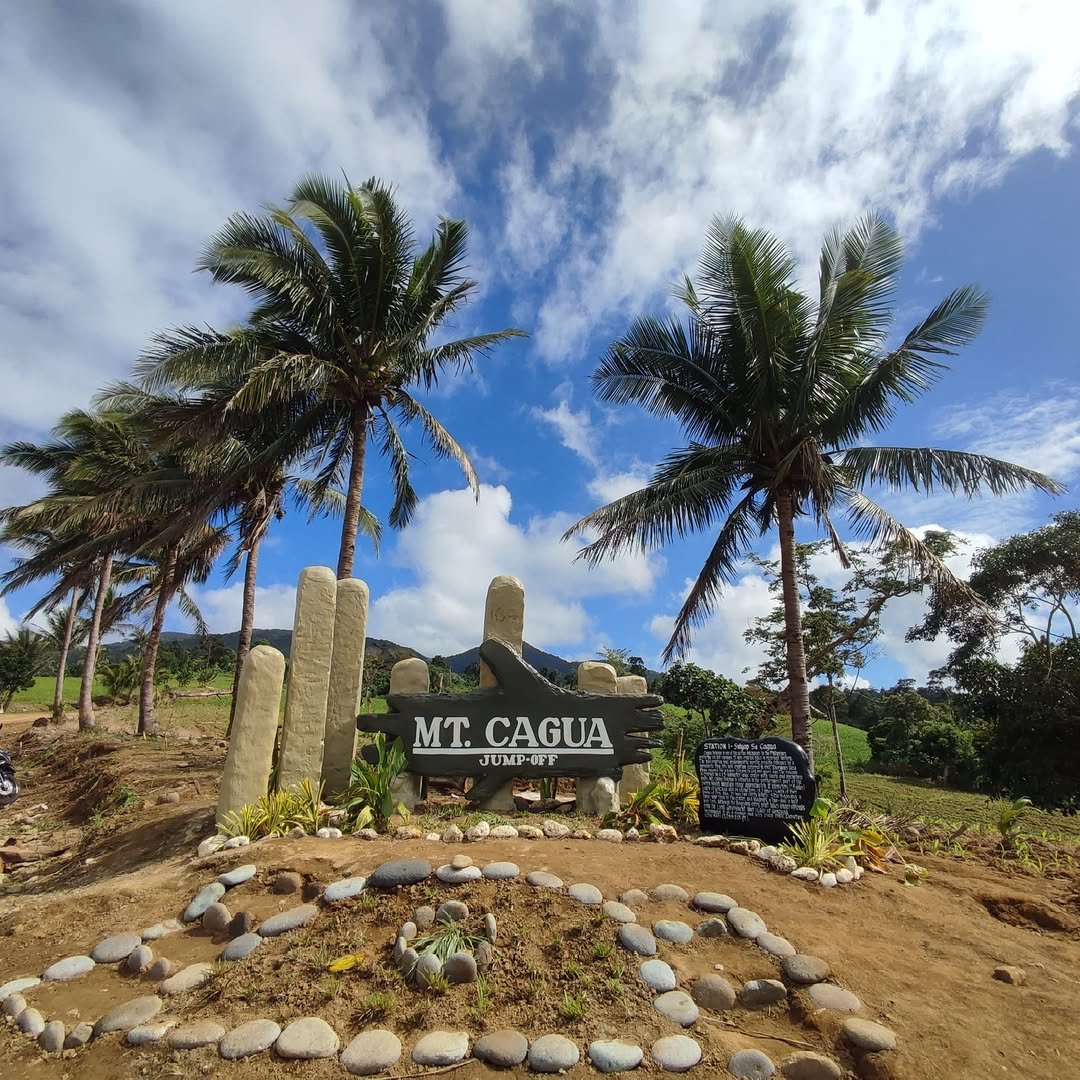
Detailed Transportation Guide: Manila to Mt. Cagua
Planning how to get to Mount Cagua efficiently and affordably is a crucial part of the adventure. Whether you’re chasing volcanoes on a budget or maximizing time, this guide will walk you through every leg of the trip—from the hustle of Manila to the wild trails of Mt. Cagua in Gonzaga, Cagayan.
Manila to Tuguegarao: Flight vs. Bus Options and Costs
You’ve got two solid choices to reach Tuguegarao, the primary transit hub in Northern Luzon before heading to Mt. Cagua: plane or bus.
By Plane
Flying is the fastest and surprisingly not always the most expensive option. Cebu Pacific and Philippine Airlines operate direct flights from NAIA (Manila) to Tuguegarao Airport (TUG), with a travel time of around 1 hour and 10 minutes.
Low-season fares (especially during August or September): ₱1,050–₱1,500 one-way
Average round-trip fare: ₱3,150–₱5,200
Pro tip: Book flights at least 3–4 weeks in advance and use price-tracking apps like Google Flights or Traveloka to catch seat sales.
Personally, I scored a round-trip ticket for ₱3,100 during an off-peak promo. It shaved nearly 14 hours off the trip compared to a bus, which meant more time on the mountain and less on the road.
By Bus
If you’re on a tight budget or just prefer slow travel, long-distance buses are a reliable option.
Operators: Victory Liner, Five Star, GV Florida
Duration: 10 to 15 hours (depending on traffic and stops)
Fares: ₱1,020 (regular AC) to ₱1,700 (first class sleeper)
I tried this route once—overnight from Cubao to Tuguegarao—and while the reclining seats were comfortable, I arrived feeling pretty stiff. It’s a good choice if you’re used to long land trips and want to save on airfare.
Tuguegarao to Gonzaga: Vans, Buses, and Terminals
Once you reach Tuguegarao, you’ll need to head to Gonzaga, the jump-off municipality for Mount Cagua.
Van fare: ₱200
Travel time: 2–3 hours
Where to catch a ride: Van terminals near Tuguegarao Rotunda (ask tricycle drivers to drop you at the “van to Gonzaga” terminal)
Vans leave as they fill up, usually every 30 to 45 minutes during the day. You’ll pass quiet countryside roads and rice paddies—perfect for a window-seat nap.
Alternatively, public buses heading northeast toward Santa Ana may pass by Gonzaga, but they’re less frequent.
Gonzaga to Mt. Cagua Jump-off: Habal-Habal or Tricycle Adventures
Here’s where things get more personal—and rugged. To reach Barangay Magrafil, a common jump-off point to Mount Cagua, you’ll need to arrange a habal-habal (motorcycle taxi) or chartered tricycle.
Fare: Around ₱400 per way (per vehicle, not per person)
Travel time: 40–45 minutes
Terrain: Mostly dirt roads, some concrete; expect bumps and mud
I went with a tricycle. After chatting with Kuya Edgar, a seasoned local driver who also knew a bit about the trail, we agreed on ₱350 (after a bit of friendly haggling). He even shared his own tales of hikers turning back because of mudslides—needless to say, I doubled down on prep.
Negotiation tip: Don’t hesitate to ask around the Gonzaga Public Market for drivers, and always confirm if the fare is per person or per trip. Traveling in a group? Split the fare to stretch your peso.
Summary: Which Route Suits You Best?
Time-conscious traveler? Go for the flight. Faster, sometimes even cheaper than the bus.
On a tight budget? Overnight bus saves you a night’s lodging and gets you to Tuguegarao by morning.
Prefer convenience? Vans from Tuguegarao to Gonzaga are frequent, affordable, and direct.
Adventurous spirit? A tricycle ride to the jump-off is bumpy but adds that rural Philippine flavor to your journey.
Reaching Mount Cagua is part of the adventure. With the right choices and a bit of local interaction, you can travel smart, save money, and arrive ready for the climb of a lifetime.
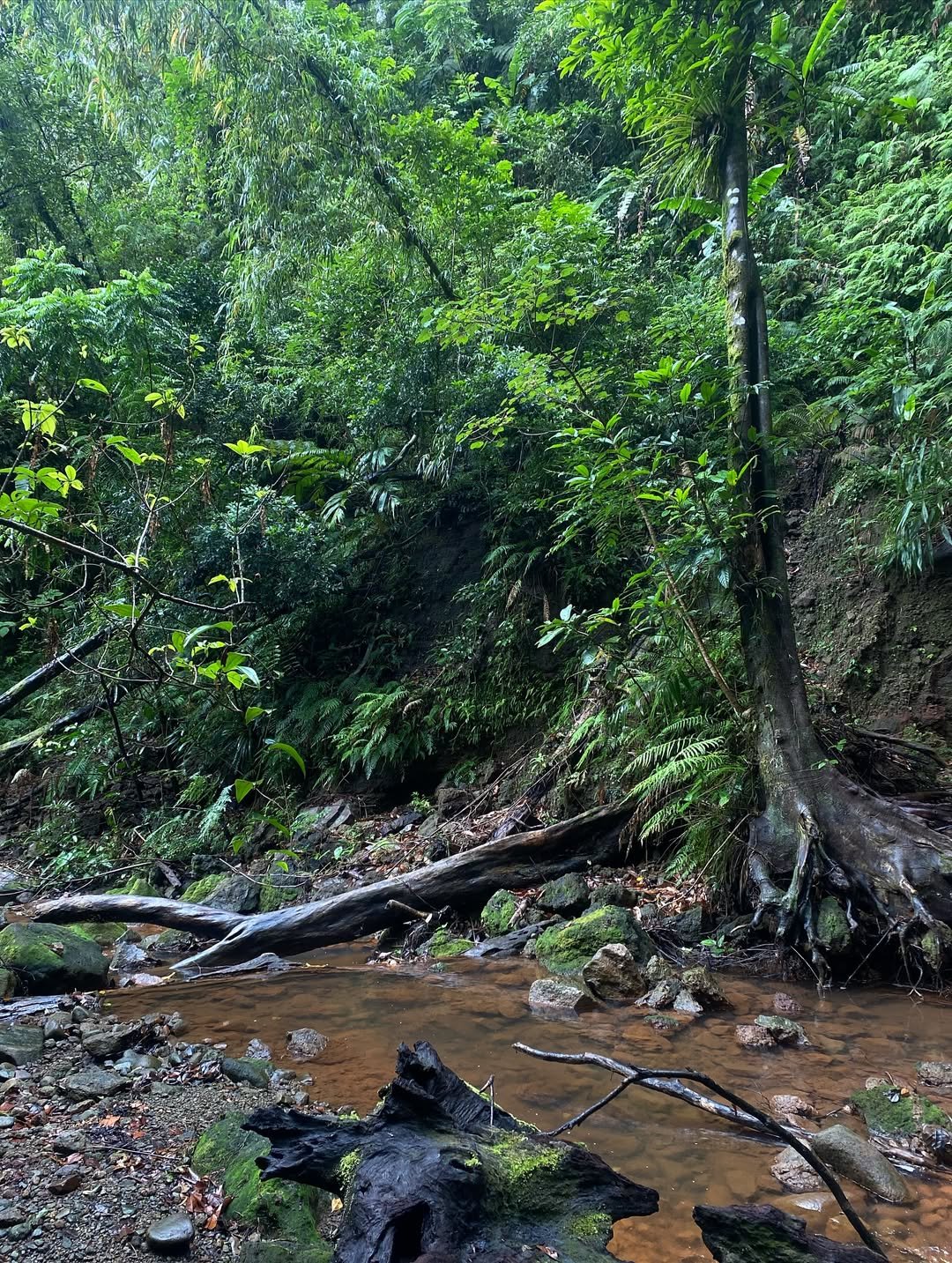
Permits, Guide Fees, and Local Coordination Requirements
Permit to Climb Mt. Cagua: Coordination Is Non-Negotiable
If there’s one thing I can’t stress enough about trekking Mount Cagua, it’s this: walk-ins are not allowed. Unlike more popular hiking destinations, this volcano operates on a strict “no coordination, no climb” policy. Before setting foot on the trail, you must first get in touch with the Gonzaga Tourism Office.
When I planned my hike, I messaged them via Facebook at least two weeks ahead. They responded promptly, and from there, I was guided through the process. Here’s a simplified step-by-step guide to secure permits:
Contact Gonzaga Tourism Office through Facebook or mobile (contacts below).
Submit your itinerary, group size, and preferred date of climb.
Wait for confirmation and assignment of a local guide.
Meet at Gonzaga Municipal Hall for official registration and briefing.
Proceed to the jump-off point at Barangay Magrafil.
There’s no fixed entrance fee for Mount Cagua, but pre-trip coordination is mandatory due to safety risks, particularly because the volcano is classified as active.
Mandatory Guide and Optional Porter Fees
To climb Mount Cagua, you are required to hire a certified local guide. During my trip, our guide not only knew every twist in the trail but also kept us safe from unstable slopes and leech-infested spots.
Guide fee (Day hike): ₱500 per group of up to 3 hikers
Guide fee (Overnight): ₱1,000 per group
Porter service: ₱500 for up to 12 kg of gear; ₱50 per excess kg
Tip: If you’re solo, team up with other travelers in Tuguegarao or Gonzaga to share the cost. In our case, a group of three paid just ₱167 each for a day hike.
Local Contacts for Coordination
The most direct and effective way to arrange your hike is through:
Mr. Mclevine Agustines, Gonzaga Tourism Officer – 0917 193 3215
Jundel John B. Cabanela, Officer-Designate – 0915 159 2486
Facebook Page: Gonzaga Tourism Office
Backup contact: Cagayan Provincial Tourism Office – (078) 304 1673 / cto@cagayan.gov.ph
I suggest following up through multiple channels if you don’t get an immediate response. Be polite, concise, and confirm all fees before arrival. The local staff are friendly and committed to safety—just make sure you reach out early.
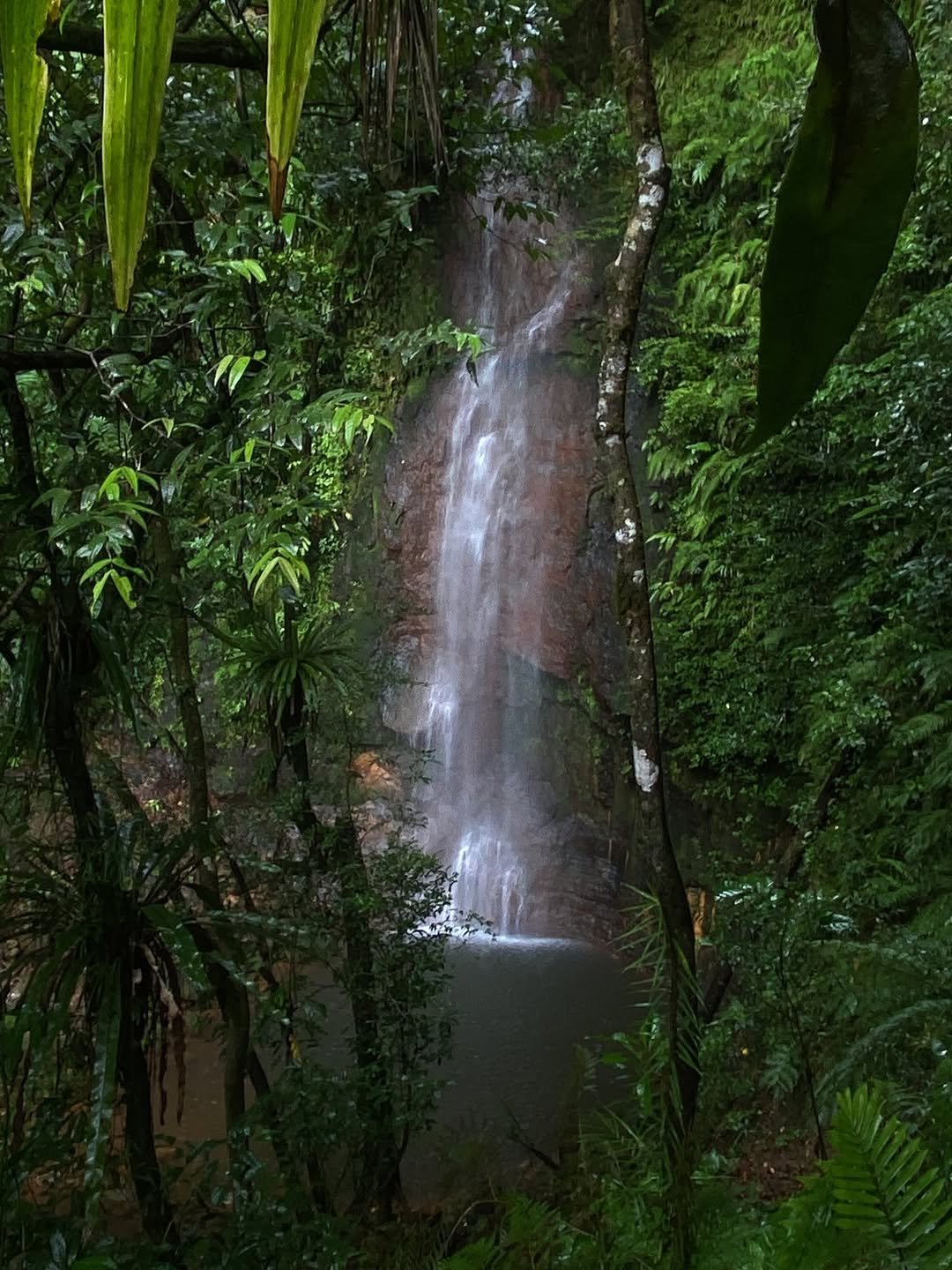
Accommodation Options and Recommendations in Gonzaga
Hotels and Resorts in Gonzaga
Gonzaga isn’t exactly a bustling tourist hub, so accommodation options near Mt. Cagua are limited—but they do exist, and they’re quite decent if booked in advance.
Two of the most consistent options for hikers and backpackers are:
Sunset Beach and Family Resort Gonzaga Cagayan
A beachfront spot with basic amenities and peaceful surroundings. It typically costs around ₱1,739 per room per night. I stayed here the night before our hike. It’s quiet, clean, and just a few minutes’ walk to local eateries—ideal for resting after a long day of travel.RedDoorz @ Balai Baibai Cagayan
Prices here can vary widely. I’ve seen listings for ₱3,150 to ₱3,300 per night, though an outlier online showed a bizarre ₱59,000+—clearly a glitch. Be sure to cross-check on sites like Agoda, Hotels.com, or Traveloka.
Booking tips: Availability is limited, especially during dry season (the best time to hike Mt. Cagua). Book at least two weeks ahead, and don’t rely on walk-ins.
Budget-Friendly Guesthouses and Homestays
If you’re traveling on a shoestring budget, consider homestays or vacation rentals. Some are surprisingly affordable:
I found a local homestay near Gonzaga town proper for ₱380/night—basic fan room, clean CR, and the host even offered to cook dinner for a small fee.
Other options on sites like Trip.com or Tiket.com range from ₱1,500 to ₱2,000 per night, often with better privacy and local charm.
Personal tip: Ask around the public market or barangay hall if you can’t find listings online. Locals often know someone with a spare room, and it’s a great way to immerse yourself in the community.
Camping Considerations at Mt. Cagua
If you want to maximize the adventure and minimize accommodation costs, camping near the summit is an unforgettable option—but it comes with its own challenges.
Pros: Immersive experience, sunrise views, on-site water source, and lots of tree cover for hammocks.
Cons: Small campsite (not ideal for big groups), no formal facilities, and a LOT of leeches.
When I camped overnight, I learned the hard way that anti-leech socks are a must—I skipped them, and I paid the itchy price. Also, expect damp gear in the morning, even during dry season.
Camping at Mount Cagua is a budget-savvy, immersive choice, but it demands preparation. Bring a waterproof tent, compact stove, extra socks, and a sense of humor. You’ll need all of them.
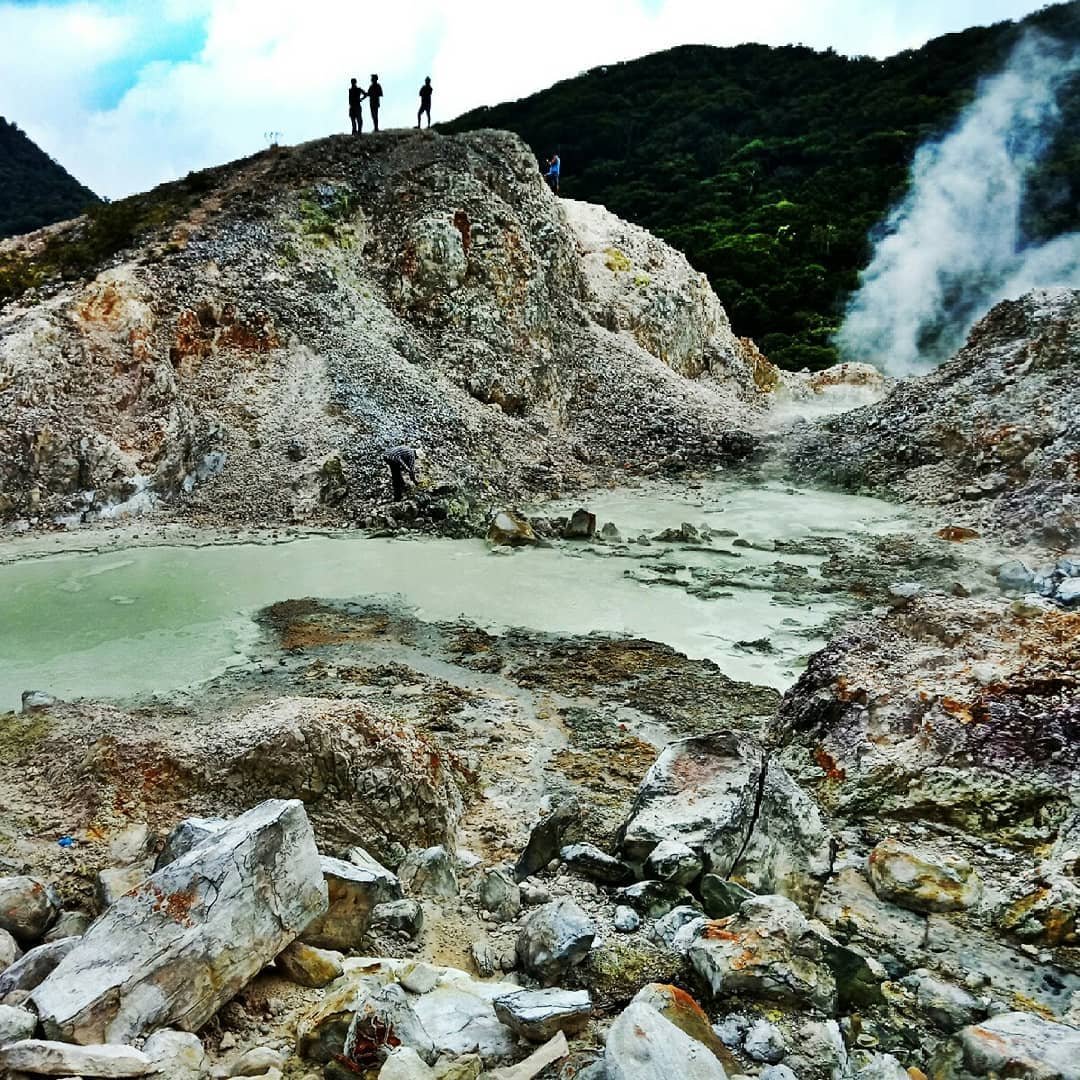
Food and Daily Expenses in Gonzaga
Estimated Daily Food Budget in Gonzaga
One of the major perks of visiting Gonzaga, Cagayan—especially if you’re doing a DIY hike to Mt. Cagua—is how affordable the food is. Compared to Manila, where a decent sit-down meal can easily cost ₱250–₱500, you’ll find the local dining scene here refreshingly budget-friendly.
Based on my own trip and conversations with locals, here’s a realistic daily food budget:
Breakfast: ₱50–₱80 (silog meals or pandesal with instant coffee)
Lunch/Dinner: ₱80–₱150 per meal (rice + viand at a carinderia)
Snacks: ₱20–₱50 (banana cue, kwek-kwek, or fish balls)
Daily total: ₱300–₱500
If you’re cooking your own meals during the hike, especially while camping on Mt. Cagua, grocery shopping at Gonzaga Public Market is a great way to stretch your pesos. Dried fish, eggs, noodles, and veggies are all reasonably priced. We prepped a simple pasta dish at our campsite using just ₱150 worth of ingredients—enough to feed three hungry hikers.
Budget tip: Bring trail snacks (nuts, biscuits, energy bars) from Tuguegarao, where there’s more variety and slightly lower prices. Gonzaga has limited options for specialty items.
Must-Try Local Eateries and Delicacies
Don’t leave Gonzaga without trying its version of Pancit Batil Patong—a beloved Cagayan delicacy featuring stir-fried noodles topped with sautéed meat, egg, and a unique soy-onion soup on the side. At Z Marias Store & Panciteria, I got a full serving for just ₱55, and it was one of the most satisfying meals of the trip.
Other local dining spots worth checking out:
Banchetto – Known for its affordable rice meals and friendly staff
Chelsea’s Diner – Slightly pricier but with a clean dine-in space
Veranda Alfresco & Grill – Great for a post-hike dinner if you’re craving grilled meat
Eating in Gonzaga offers more than just budget savings—it gives you a taste of Northern Luzon’s humble and hearty cuisine. So skip the fast food, pull up a plastic stool at a carinderia, and enjoy food that fuels both body and adventure.
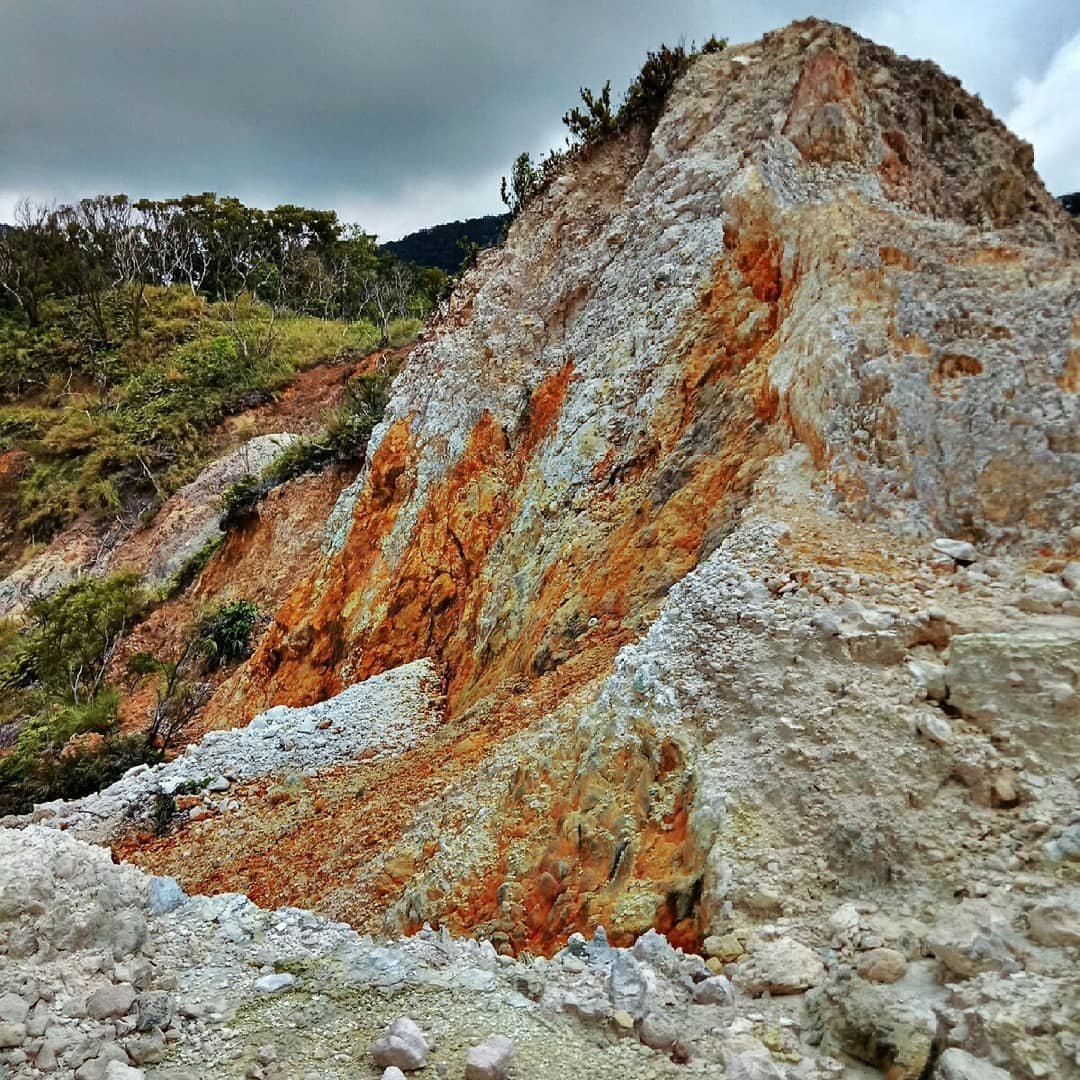
The Mt. Cagua Trekking Experience: Trails and Challenges
Mount Cagua Trail Overview
The Mount Cagua trail is an off-grid gem nestled in Gonzaga, Cagayan. Often described as medium in difficulty, I’d personally rate it as easy to moderate, depending on the weather—and your tolerance for mud and leeches. The trek starts at Barangay Magrafil and weaves through cornfields, jungle terrain, and steep ridges before opening up to volcanic wonders.
Trail length: Roughly 8 kilometers (one way)
Elevation gain: From base to summit ~911 MASL to 1,133 MASL
Duration: 4–5 hours to summit (including fumarole side trips), 2–3 hours to descend
Mt. Cagua difficulty: Medium, with slippery and steep sections near the crater rim
The final assault to the crater rim is the most challenging, especially after rain. A pair of trekking poles made all the difference for me during my descent—especially when navigating narrow, single-file ridgelines.
Key Sights: Crater, Fumaroles, and Waterfalls
Mt. Cagua’s raw volcanic scenery is what truly sets it apart. At the summit, you’ll find yourself standing on the edge of a massive crater—1.5 km in diameter—with walls reaching up to 60 meters high. It’s eerily silent, save for the occasional hiss of geothermal activity.
The fumaroles, located on the northern and southern flanks of the crater, are Mt. Cagua’s most dramatic features. They spew sulfuric steam and hot water, proof that Mt. Cagua is still an active volcano. Be cautious—stay upwind to avoid the pungent gas, and don’t venture too close without your guide’s approval.
One bonus side trip? A hidden 15-meter cascade called Wallet Falls, named jokingly by past trekkers for how much energy it “costs” to reach. It requires a rope-assisted descent and is only for those with good balance and stamina—but it’s worth it if you’re up for the challenge.
Navigating Specific Trail Conditions
Mt. Cagua doesn’t go easy on its visitors. Here are some common obstacles—and how to prepare:
Mud: After a drizzle, the trail turns into a slip-and-slide. Waterproof boots with aggressive tread are non-negotiable.
Slippery rocks: Found especially near river crossings. Trekking poles help with balance.
Thorny plants and vines: Wear long sleeves and quick-dry pants. Gloves help, too.
Unstable ledges: These appear near ridgelines; stick close to your guide.
Leeches: Yes, they’re everywhere—on leaves, logs, even on your shoelaces. Anti-leech socks and DEET spray saved me from constant bloodsucking.
From experience, Mt. Cagua isn’t just about reaching the summit. It’s about managing every twist, turn, and squelch along the way. The trail challenges your fitness and your mindset—but rewards you with one of Luzon’s most authentic volcanic adventures. Just be ready to get dirty—and maybe donate a little blood to the local wildlife.
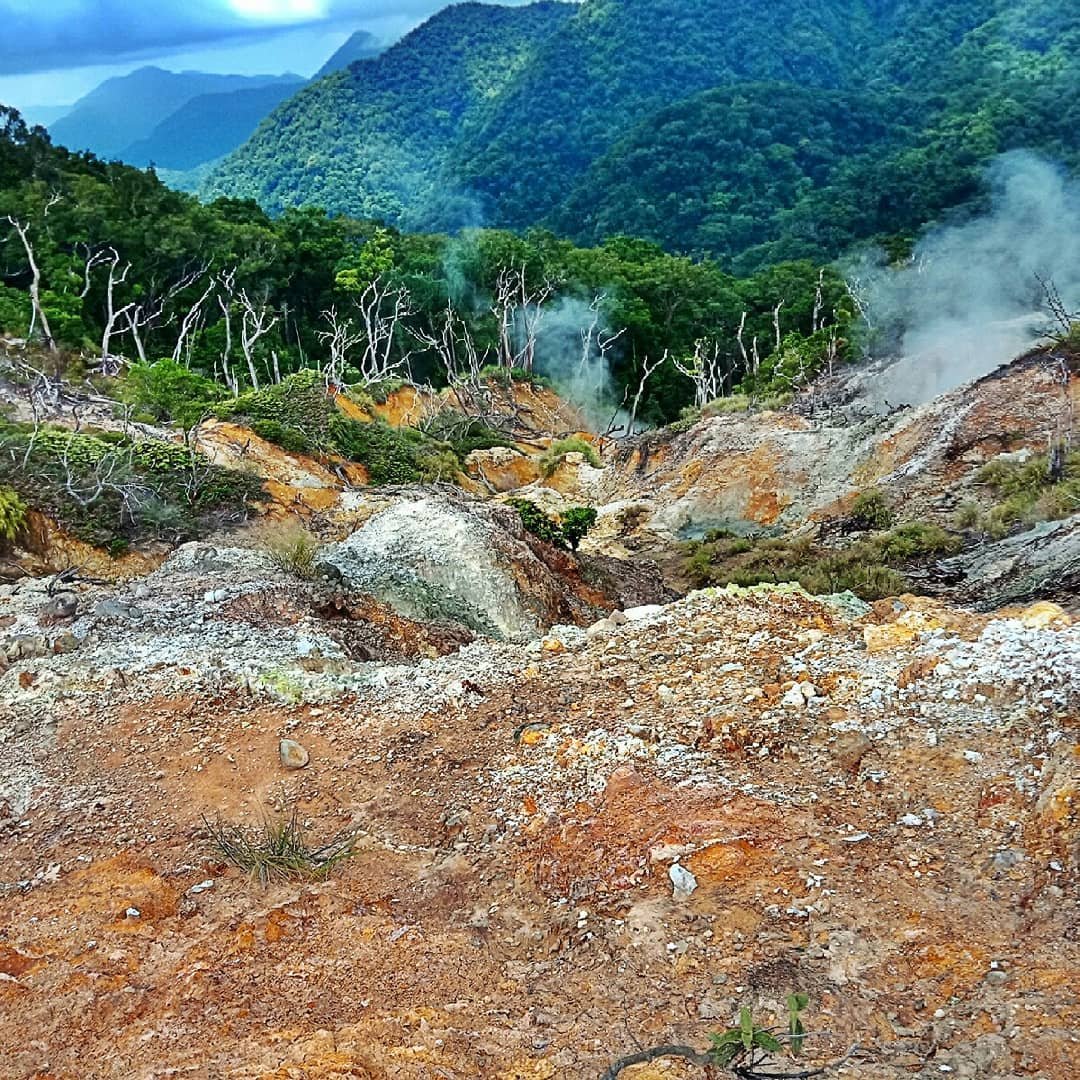
Nearby Attractions: Extend Your Visit
Local Adventures Beyond Mt. Cagua
If you’re heading all the way to Gonzaga, Cagayan for a Mt. Cagua expedition, it’s well worth extending your stay to explore a few nearby attractions. While the volcano itself is the main draw, the surrounding region offers unique spots that complement the rugged adventure with relaxation or further exploration.
One place I highly recommend is Amunitan Beach, just a short ride from the town center. This beach is uncrowded, peaceful, and perfect for post-trek recovery. The water’s warm, the breeze is cool, and if you’re lucky, you might have the shore all to yourself. No entrance fee—just bring your own snacks and a towel.
For the more curious and culturally inclined, Aridong and Cabanbanan Caves offer a low-key spelunking experience. These limestone caves are undeveloped, raw, and fascinating to explore with a flashlight. They aren’t crowded or commercialized, so it’s best to go with a local guide who knows the terrain.
If you still have energy left, you can even hop to Palaui Island, accessible via a longer transfer to Sta. Ana. It’s home to the famous Cape Engaño Lighthouse and white-sand beaches. It’s not exactly close—but for backpackers exploring Cagayan, it’s a logical and scenic next stop.
Mt. Cagua may be the highlight, but Cagayan is full of quiet gems waiting to be discovered.
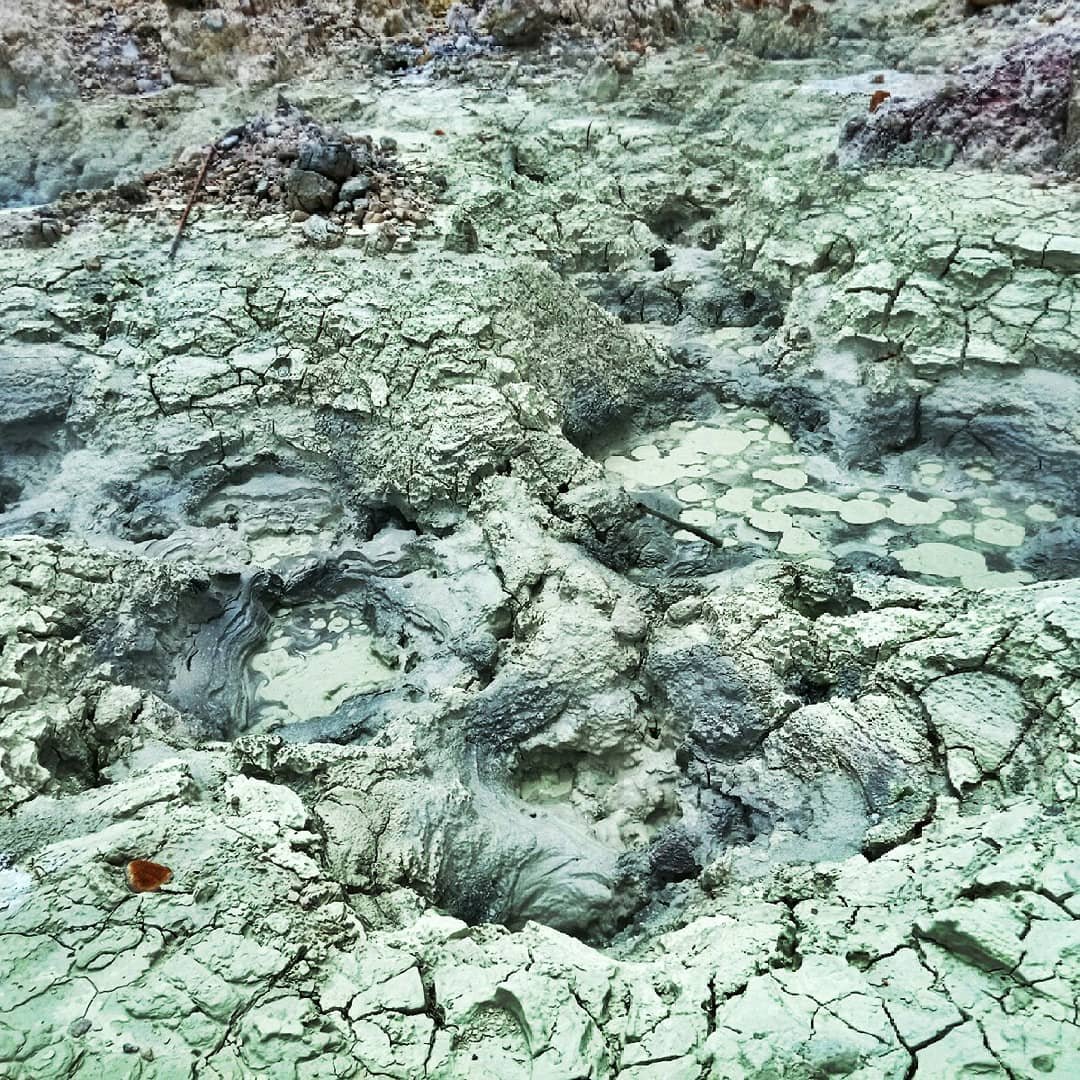
Comprehensive DIY Budget Breakdown and Sample Itinerary
DIY Budget Breakdown (Per Person)
Planning a DIY trip to Mt. Cagua? Good news—it’s entirely doable on a budget. Below is an estimated cost breakdown based on my own 3D2N experience, assuming you’re traveling with two others to split key expenses like guide fees and tricycle rides.
| Category | Estimated Cost (PHP) | Notes |
|---|---|---|
| Manila to Tuguegarao (roundtrip flight) | 2,500–5,000 | Promo fares can drop even lower |
| Tuguegarao to Gonzaga (van) | 400 (roundtrip) | Public van, 2–3 hours per way |
| Gonzaga to Jump-off (tricycle) | 133 (shared) or 400 solo | One-way trip to Barangay Magrafil |
| Accommodation (2 nights) | 760–2,000 | Based on shared room or homestay |
| Guide Fee (Day hike) | 167 | Split between 3 hikers |
| Food (3 days) | 900–1,200 | Street food + local carinderia meals |
| Miscellaneous | 300 | Snacks, fees, tips, leech spray, etc. |
Total Estimated Cost:
Low-budget: ~₱5,160
Moderate budget: ~₱9,000
Pro tip: Bring your own meals for camping days and coordinate your group ahead of time to cut costs across the board.
Sample Itinerary (3 Days / 2 Nights)
Day 1: Travel and Arrival in Gonzaga
Morning: Flight or overnight bus from Manila to Tuguegarao
Midday: Van ride to Gonzaga, check in to a homestay
Afternoon: Pre-trek coordination with Gonzaga Tourism Office
Evening: Try Pancit Batil Patong at a local panciteria
Day 2: Mt. Cagua Day Hike
Early Morning: Tricycle to jump-off point (Barangay Magrafil)
Midday: Hike to crater and fumaroles (5–7 hours total)
Afternoon: Return to Gonzaga
Evening: Relax, have a hearty dinner at Banchetto or Chelsea’s Diner
Day 3: Side Trip or Departure
Morning: Optional beach visit to Amunitan or quick walk around town
Midday: Van back to Tuguegarao
Afternoon: Return flight or bus to Manila
This itinerary balances adventure and recovery while keeping logistics practical. By staying flexible and packing light, you can enjoy the best of Mount Cagua without breaking the bank.
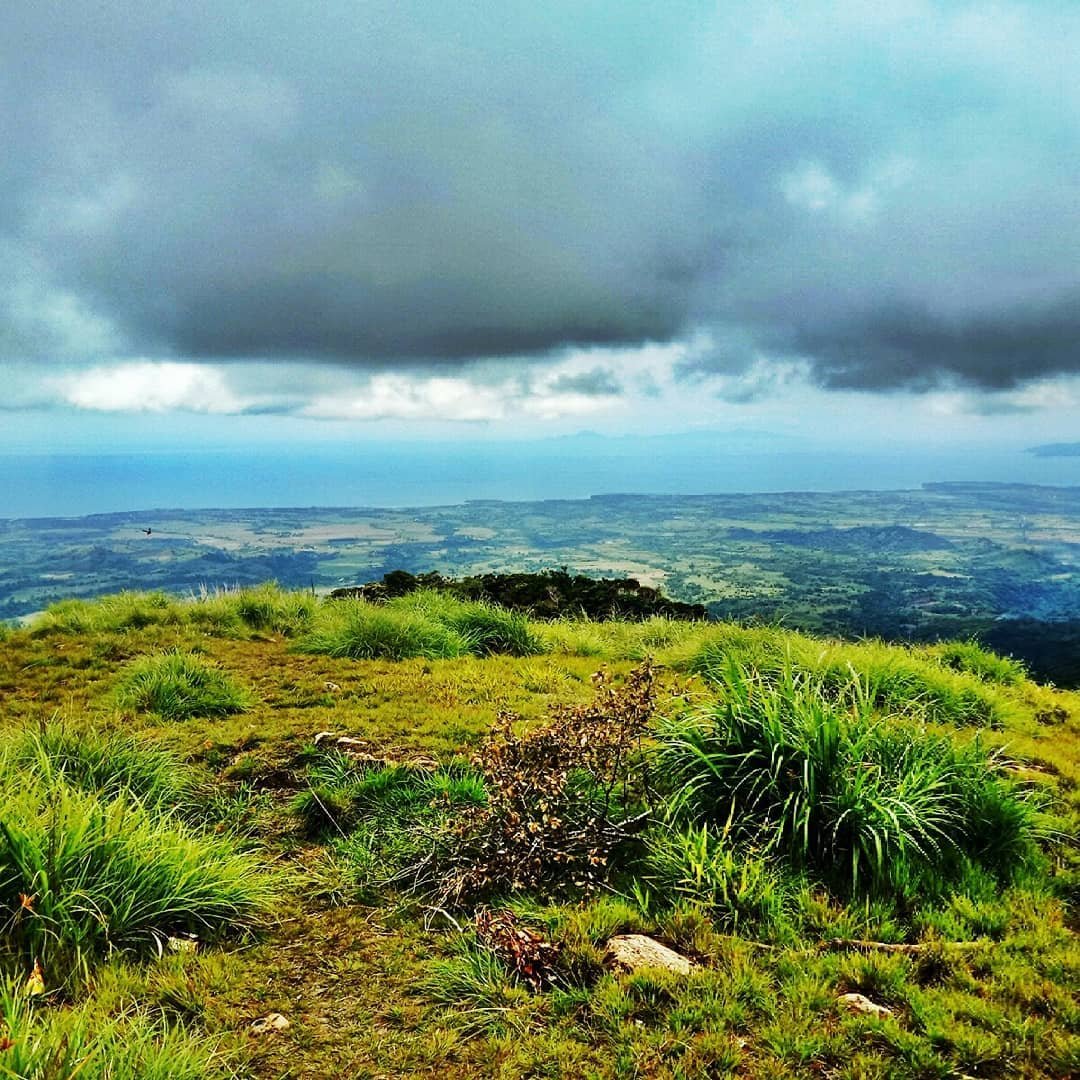
Frequently Asked Questions About Mount Cagua
Planning a trip to Mt. Cagua in Gonzaga, Cagayan? Below are the most commonly asked questions I receive from fellow hikers and readers—each answered with firsthand insight and SEO-optimized for your research needs.
What type of volcano is Mt. Cagua?
Mt. Cagua is a stratovolcano—a steep, conical volcano built by layers of hardened lava and ash. It’s officially classified as active by PHIVOLCS, with its last known eruptions recorded in 1860 and 1907. The presence of sulfuric fumaroles and a 1.5 km-wide crater confirms that volcanic activity is ongoing, even without recent eruptions.
Is Mt. Cagua active or inactive?
Mt. Cagua is active, although it currently has no PHIVOLCS alert level. This means there’s no imminent threat, but underlying geothermal activity still exists. For safety, always coordinate with the Gonzaga Tourism Office and hire a certified guide.
Where is Mount Cagua located?
Mount Cagua is located in Gonzaga, Cagayan, in the northeastern part of Luzon. The nearest city is Tuguegarao, and the volcano is accessed via Barangay Magrafil, a 45-minute tricycle ride from Gonzaga town proper.
What is the best time to hike Mt. Cagua?
The best time to hike Mt. Cagua is during the dry months of February to March, when trail conditions are more stable and visibility from the summit is clearer. Avoid the wet season (May to October) due to heavy mud, leeches, and slippery slopes.
Do I need a permit to climb Mt. Cagua?
Yes. All hikers must coordinate with the Gonzaga Tourism Office before the climb. Walk-ins at the barangay level are not allowed. Registration, briefing, and guide assignments are handled through official channels.
How difficult is the Mt. Cagua trail?
The Mt. Cagua trail is rated as medium difficulty. It involves hiking 8 km (one way) through muddy terrain, thorny underbrush, and a steep final ascent. Trekking poles, anti-leech socks, and a good pair of waterproof boots are highly recommended.
How do I get to Mt. Cagua from Manila?
Here’s a quick route:
Fly or take a bus from Manila to Tuguegarao.
Ride a public van to Gonzaga (2–3 hours).
Charter a tricycle to Barangay Magrafil, the jump-off point (₱400 one way).
Traveling with a small group helps cut costs—especially for guides and local transport.
Can I camp on Mt. Cagua?
Yes. There’s a designated campsite with water access, ideal for overnight hikers. However, space is limited, and leeches are abundant, so come prepared with proper gear and insect repellent. Don’t forget: the guide fee for overnight climbs is ₱1,000 per group.
This section is meant to make your planning process smoother. If you have more specific questions, I recommend messaging the Gonzaga Tourism Office on Facebook or calling their tourism officer directly—locals are incredibly helpful and responsive.
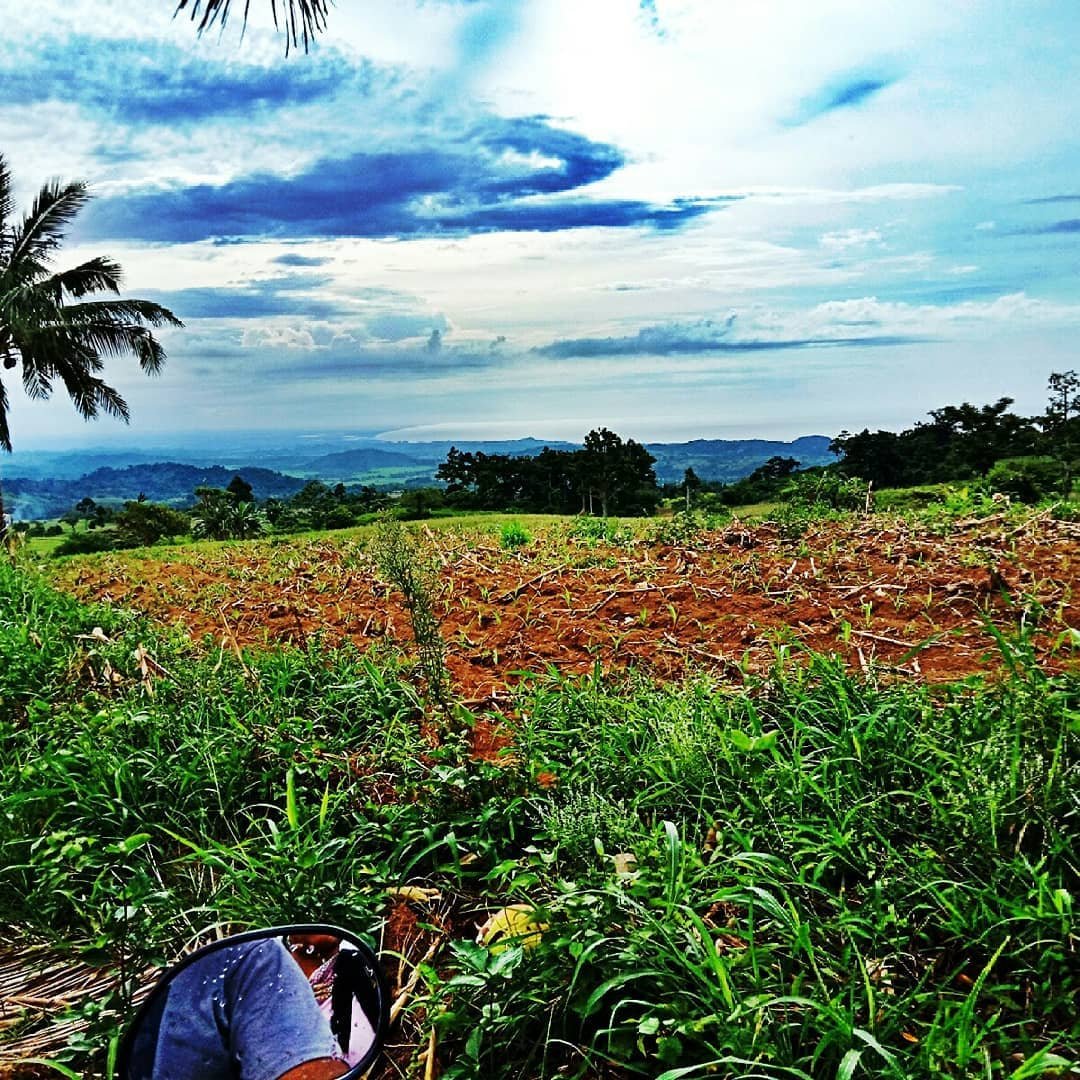
Conclusions and Personal Recommendations
Trekking Mt. Cagua is unlike any other hike I’ve done in Luzon. From its sulfuric fumaroles and dramatic crater rim to the raw, unspoiled trails through the Sierra Madre, it’s a destination that truly rewards effort with authenticity. As the only active volcano in the region not clustered near a major volcanic chain, Mount Cagua stands alone in both location and experience.
For anyone planning a DIY hike, remember these essentials: travel during the dry season (February–March), coordinate early with the Gonzaga Tourism Office, and don’t skimp on gear—especially anti-leech socks and waterproof boots. Go light but smart, travel with a group if possible, and hire a certified guide for safety.
Personally, the solitude, scenery, and the geothermal drama made Mt. Cagua unforgettable. If you’re looking to escape the crowds and push yourself on a lesser-known trail, this “Mountain of Fire” is absolutely worth the climb. Prepare well—and enjoy every muddy, smoky, spectacular step.

